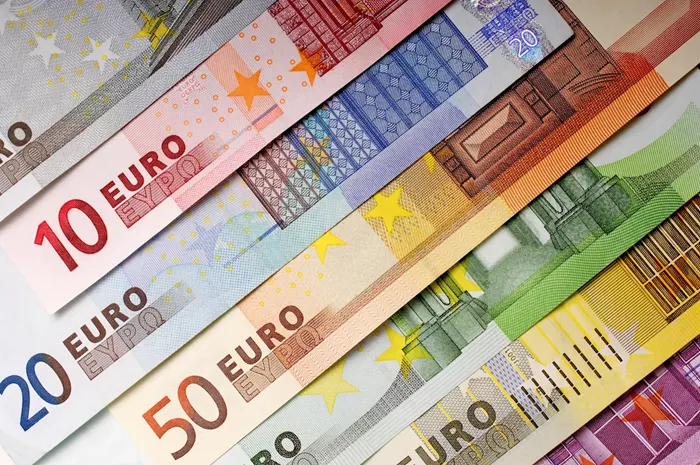The EUR/USD pair started the 2025 trading season on a bearish note, sliding 0.8% to reach 1.0250—its lowest level since November 2022, marking a 26-month low. Weaker-than-expected European Manufacturing Purchasing Managers Index (PMI) data and dovish commentary from European Central Bank (ECB) policymaker Yannis Stournaras have weighed heavily on the euro.
ECB’s Dovish Outlook
ECB Governing Council member Yannis Stournaras indicated that the central bank plans to steadily reduce interest rates throughout 2025, potentially reaching around 2% by the end of the year. In contrast, the Federal Reserve is expected to proceed with rate cuts at a much slower pace, widening the interest rate differential between the euro and the dollar. This divergence is expected to exert sustained downward pressure on EUR/USD, with some analysts forecasting parity between the euro and the greenback within the year.
PMI Data Signals Economic Struggles
The Pan-European PMI for December ticked down to 45.1, slightly below expectations of 45.2. While the deviation was modest, it underscored the fragile state of the European economy and reinforced speculation that the ECB might accelerate rate cuts to stimulate growth. This comes amid additional challenges from surging petrol prices, which have reached two-year highs, further complicating Europe’s economic outlook.
U.S. Data in Focus
On Friday, attention turns to the release of U.S. ISM Manufacturing PMI data, which is anticipated to hold steady at a contractionary 48.4 for December. While not directly related to the eurozone, the data could influence broader sentiment around the dollar and global economic conditions.
With the euro under increasing pressure and the ECB signaling dovish intent, the EUR/USD remains vulnerable to further declines as market dynamics favor the dollar.
Related topics:
EUR/USD Rises on Spain Inflation, US Dollar Weakness
EUR/USD Price Analysis: A Modest Uptick with Resistance Looming
EUR/USD Treads Water in Holiday-Shortened Week, Rates in Focus


